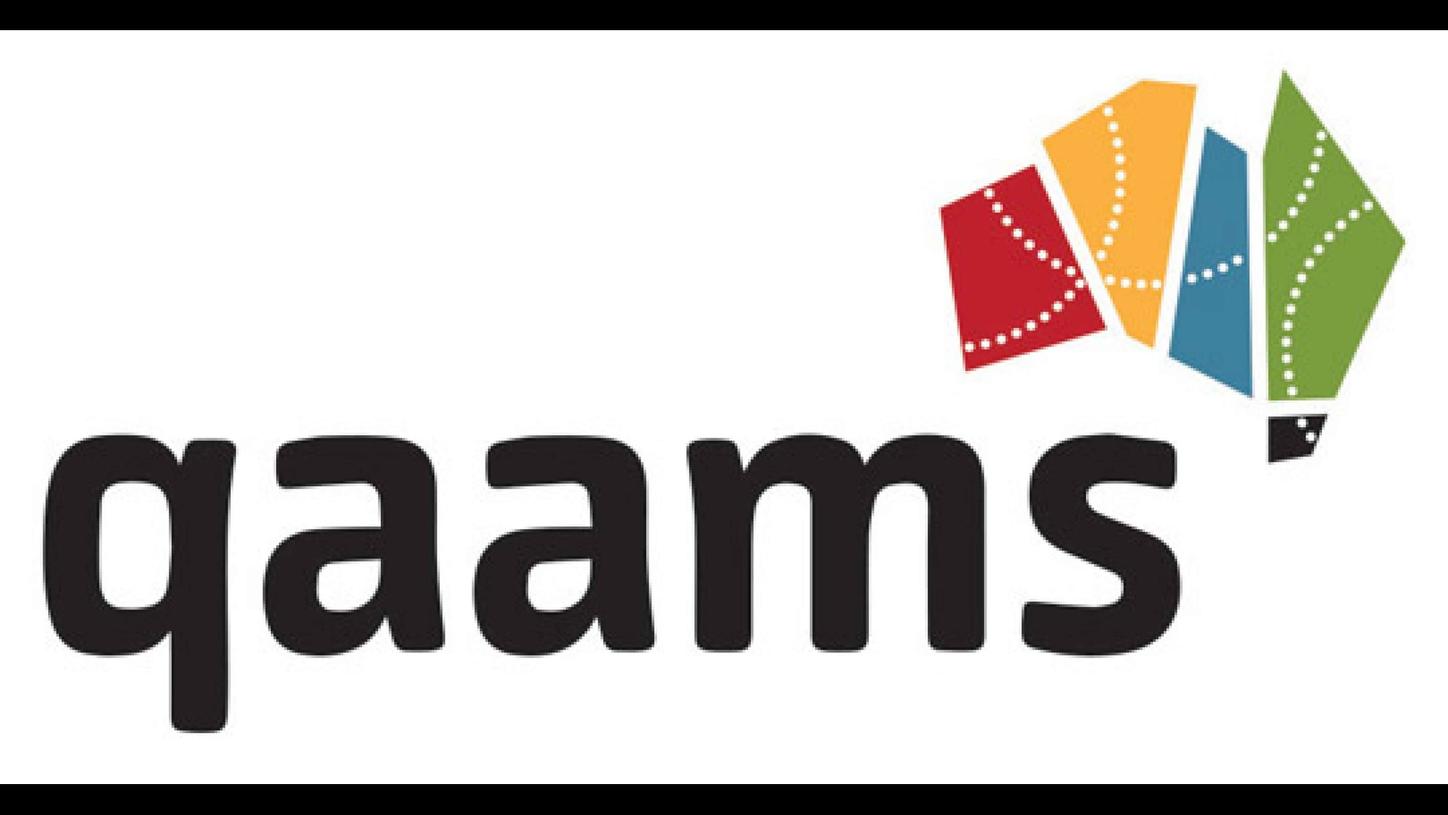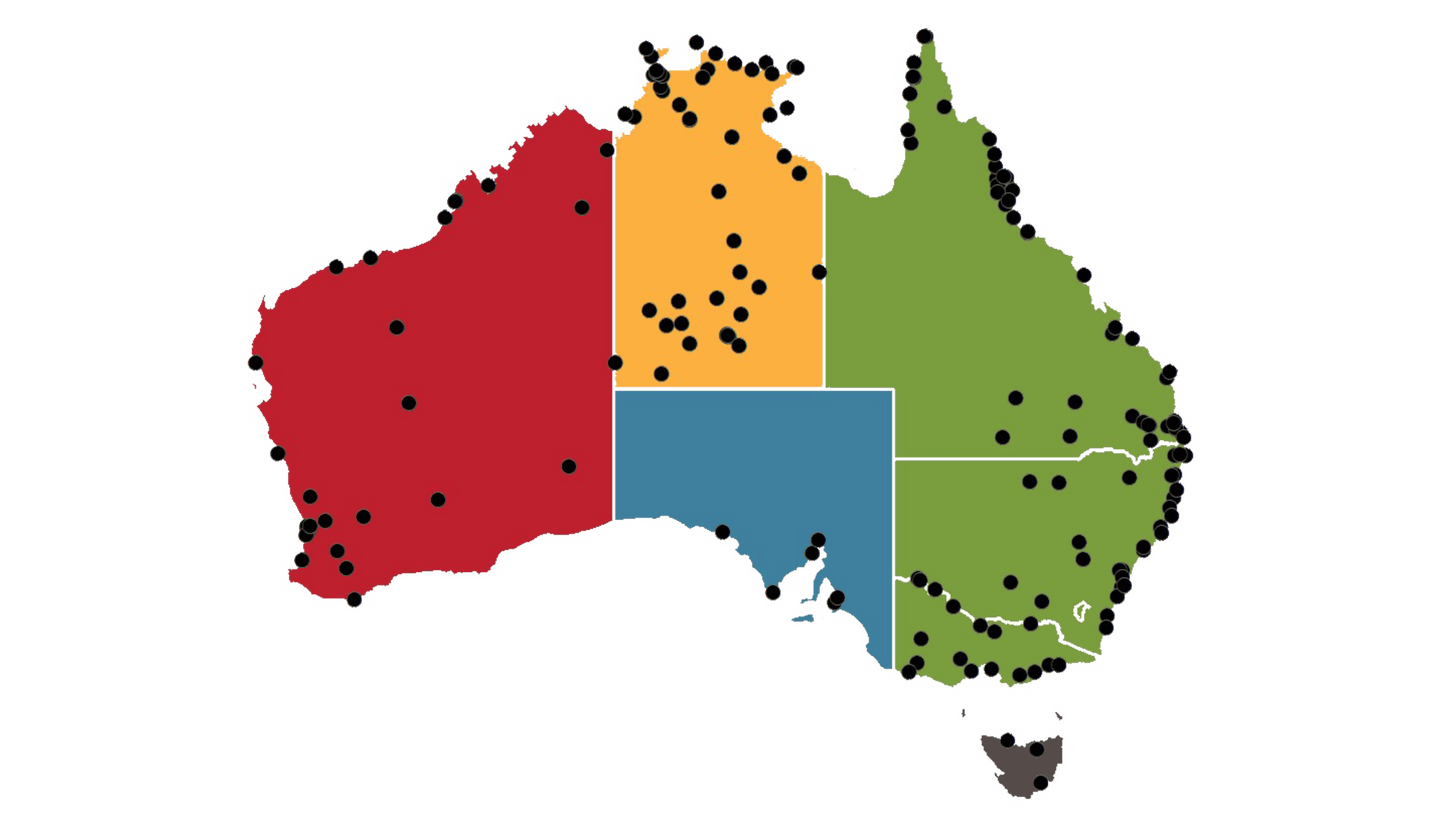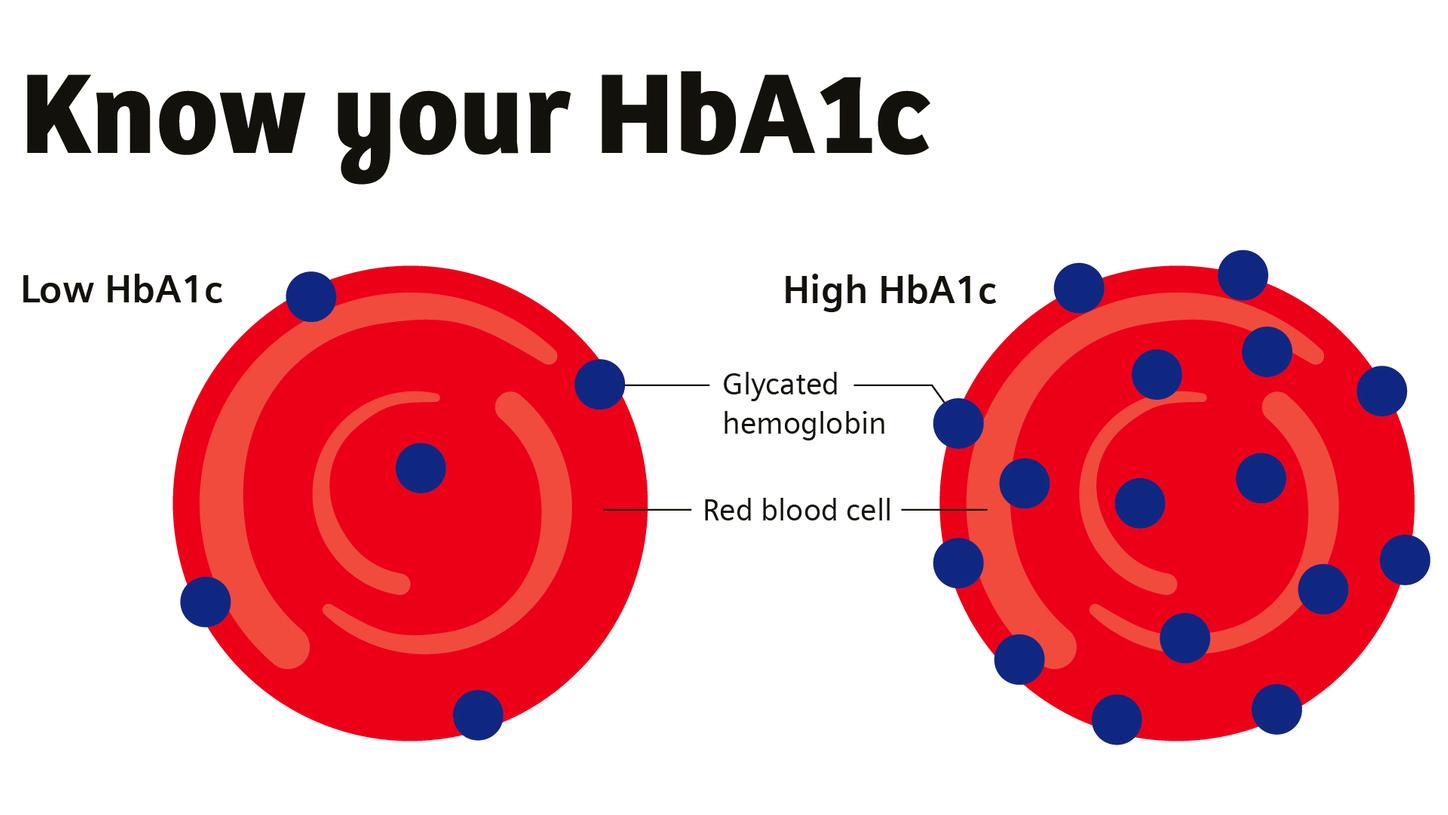Diabetes has emerged as one of the most pressing global health challenges of our time, affecting over 589 million adults worldwideŌĆöa number projected to soar to 853 million by 2050, according to the International Diabetes Federation (IDF)1.
Among the most impacted populations are Aboriginal and Torres Strait Islander peoples in Australia, where diabetes prevalence has surged by nearly 40% in the past decade, now affecting 15.5% of adultsŌĆöand as high as 21.7% in remote communities. Alarmingly, youth-onset type 2 diabetes is rising rapidly, with some of the highest rates globally found in Central and Northern Australia. 2,3
These figures underscore the urgent need for culturally tailored prevention, early diagnosis, and care strategies to address the widening health gap and improve outcomes for Indigenous Australians.2,3

What is QAAMS?
Established in 1999 with a small pilot of 48 health services, the QAAMS (Quality Assurance for Aboriginal and Torres Strait Islander Medical Services) Program provides a culturally appropriate and clinically effective diabetes diagnosis and management service for First Nations people. The Program is funded by the Commonwealth Government Department of Health.
The centerpiece of the QAAMS Program is the use of on-site POC pathology testing (POCT) to assist diabetes diagnosis and management.
ŌĆó ┬Ā ┬ĀA point-of-care (POC) HbA1c test can diagnose diabetes by measuring average blood sugar levels over the past 90 days. Unlike traditional lab tests, POC HbA1c testing provides immediate results, allowing for faster diagnosis and the opportunity to alter treatment options. ┬Ā
ŌĆó ┬Ā ┬ĀUrine albumin:creatinine ratio (ACR) is a urine test that identifies early signs of renal disease4,5 the main complication of diabetes.

According to Professor Mark Shephard, Founding Director and the Inaugural QAAMS Program Manager, QAAMS has had a fascinating evolution, hitting the 100-site mark in 2008 and reaching 200 sites by 2015.┬ĀWhen the program celebrated its 25th anniversary in 2024, it had reached the 240-site milestone.
How do Aboriginal health workers leverage POCT to have a positive impact on their patients?
The indigenous population has a high risk of diabetes and early renal disease. With 80% of the testing sites in rural and remote locations, it is often difficult for patients to schedule follow-up visits. They really appreciate the convenience and accessibility of point-of-care testing because they can get their results right away and work with their doctor to manage their condition.
In addition, having Aboriginal health professionals positioned as the principal point-of-care operators has been essential as they are able to build trusted relationships with their patients. The embedding of cultural governance into the program via the First Nations Leadership Forum helped lead to QAAMS overall success.
The QAAMS POC testing program delivers impactful results that have set the benchmark in POC testing in Australia. The program has received national and international recognition for its success in navigating the cultural complexities of indigenous healthcare.6,7╠²Siemens Healthineers is proud to have been a trusted partner of the QAAMS program throughout its journey.
